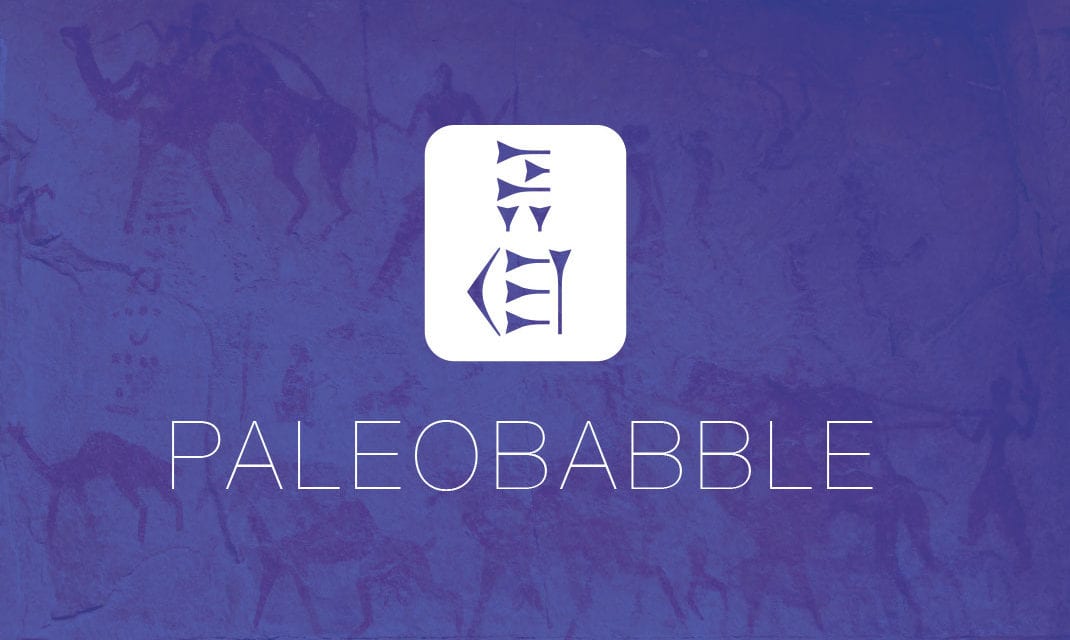At first glance, you might wonder why this is PaleoBabble fodder. Having just returned from the annual meeting of the Society of Biblical Literature (this year in Boston), I was reminded again how even scholars have an insular perspective. This is especially true of New Testament (NT) scholars like Bart Ehrman, who seems amazingly unaware or indifferent to the scholarship both within and outside his field for how early the idea of a godhead came along. For example, there is a spate of recent books dealing with early veneration of Jesus as God, well before the New Testament text was “fiddled with” (Ehrman supposes that textual alteration of the NT books is where that idea comes from). Here are some representative academic titles:
Lord Jesus Christ: Devotion to Jesus in Earliest Christianity
How On Earth Did Jesus Become A God?: Historical Questions About Earliest Devotion To Jesus
Naturally, there are also recent scholarly books on how the New Testament presents Jesus:
The Preexistent Son: Recovering the Christologies of Matthew, Mark, And Luke (Simon Gathercole)
There is also at least one book-length challenge to Ehrman’s ideas (most of that has taken place in scholarly journals):
Misquoting Truth: A Guide to the Fallacies of Bart Ehrman’s “Misquoting Jesus” (Timothy Paul Jones)
On the pre-New Testament side of things, the above titles by Gathercole and Lee include a good bit of Jewish material from the “intertestamental” period. My own work has focused on the idea of a godhead in the sacred Scriptures of Judaism, the Hebrew Bible (Old Testament). I just delivered a paper on that subject at one of the conferences I just attended. The paper is entitled, “The Concept of a Godhead in Israelite Religion,” and is written in a somewhat conversational style (I didn’t do much in the way of footnotes; I’ll be adding that sort of thing as I revise for publication). It is also geared a bit to a Christian audience (hence the few references early to a Trinity). I plan to create two scholarly articles from this: one for a Christian academic audience, the other for a broader audience, but I offer it here for those interested.





